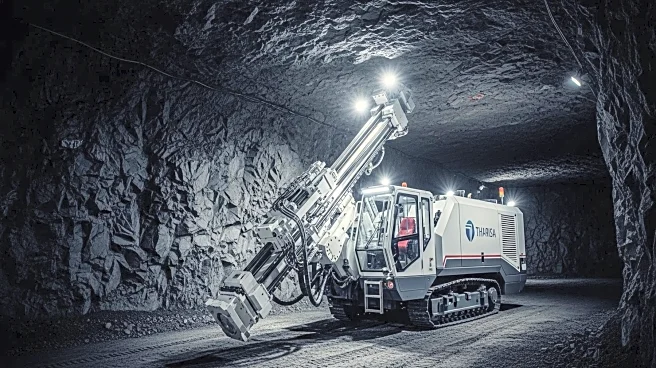What is the story about?
What's Happening?
Recent archaeological findings suggest that early humans in South Africa developed advanced tools like the bow and arrow around 300,000 years ago, independently from other regions. This development was driven by the need for more effective hunting methods as megafauna populations declined. The technology in South Africa differed significantly from that found in Central Asia, indicating independent invention. The earliest artifacts identified as arrowheads were found in South Africa's Sibudu Cave from about 70,000 years ago, made by Homo sapiens. Now, artifacts postulated to be arrowheads from about 80,000 years ago are reported at the Obi-Rakhmat rock shelter in Uzbekistan, suggesting parallel technological advancements.
Why It's Important?
The independent development of the bow and arrow in South Africa highlights the adaptive capabilities of early humans in response to environmental pressures. This technological innovation allowed for more efficient hunting, which was crucial as large prey became scarce. The findings underscore the diversity of human ingenuity across different regions, contributing to our understanding of human evolution and migration patterns. The ability to create specialized tools reflects the complex social structures and cognitive abilities of early humans, which are foundational to modern human societies.
Beyond the Headlines
The discovery of early arrowheads in different regions suggests that major inventions in human history often occurred independently when societal conditions were conducive. This challenges the notion of a single origin for technological advancements and emphasizes the role of environmental and social factors in driving innovation. The findings also raise questions about the interactions between different hominin species and the exchange of knowledge, which could have influenced technological developments.
AI Generated Content
Do you find this article useful?













